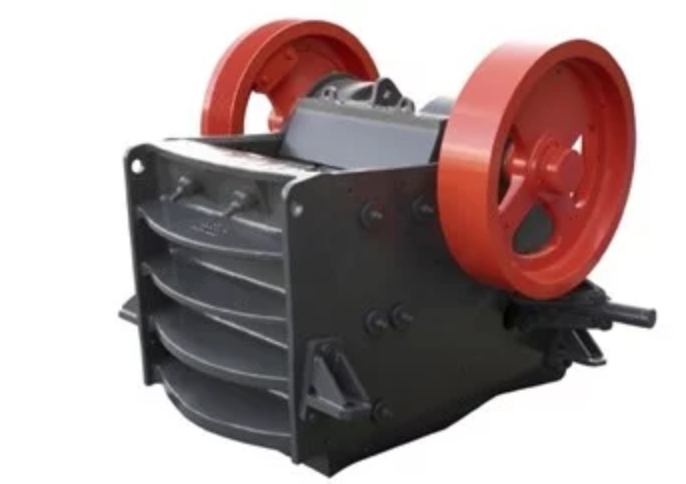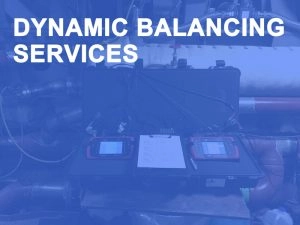 Large jaw type rock crushers are very common in the stone and gravel business. They are generally portable and can be towed by tractor trucks. The jaw crusher creates a pinch point that fractures larger rocks and reduces them to about the size of your fist. They are further crushed in a cone crusher and reduced to gravel as small as 1/4 inch.
Large jaw type rock crushers are very common in the stone and gravel business. They are generally portable and can be towed by tractor trucks. The jaw crusher creates a pinch point that fractures larger rocks and reduces them to about the size of your fist. They are further crushed in a cone crusher and reduced to gravel as small as 1/4 inch.
The jaw crusher has two large flywheels powered by a diesel engine that spins an eccentric which causes a crush plate to oscillate making a pinch point fracturing rocks. The flywheels are indexable and have bolt-on plates to adjust the counterweight size to compensate for wear.
From a balancing standpoint, the crusher acts very much like a one cylinder engine. The counterweights in the flywheels act exactly as the counterweights in a crankshaft. The theory for adjusting the counterweights is identical.
Single cylinder engines are balanced to 50%. That means a bob weight is placed on the crankshaft that represents 50% of reciprocating weight, added to 100% of rotating weight. Reciprocating weight is 50% of, one piston and wrist pin and top of connecting rod, added to 100% the bottom of the connecting rod That weight is clamped to the crankshaft journal. The crankshaft is now balanced with the flywheels and the counterweights are adjusted for phase and amount.
This is not practical in a jaw crusher. Magically the “engine” (jaw crusher) is already setup with the actual parts in place. All you need to do is balance it. Not so easy.
A four-channel instrument is very helpful in situations like this. The unit we worked on was assembled from a mix of new and used parts. The exact phasing of the flywheels was lost, the counterweights had been mixed up from the original, and new jaws had been installed, so we had to balance from scratch. We used a four-channel Commtest balancing meter, with two vertical pickups and two horizontal.
A single cylinder engine is balanced so the up-and-down shaking is the same as the fore-and-aft shaking. When we started balancing this unit the longitudinal shaking was almost 2 inches per second and the vertical was less than .3 inches per second. We performed trial runs with a 75 pound weight tack-welded to the flywheels. The balancing instrument suggested we move the counterweights in phase. We moved them almost 30 degrees and adjusted them in size. It was surprising to see that 5 pounds made a big difference. The final vibration was under .3 inches per second vertically and horizontally. The vertical came down very slowly and the horizontal came down in big steps.
As you can see from this example, jaw rock crushers present an unusual dynamic balancing challenge. It takes years of trial-and-error experience to develop an understanding and technique for successfully balancing tricky equipment such as this.
While you may not have one of these, it’s good to know that we’ve seen – and successfully balanced – some unique equipment. Whatever your industry or application, call us at HI-TEK for all your in shop and in situ balancing needs.


